Description
Squash Queensland Blue
Squash Queensland Blue . An Australian Heirloom variety, producing vigorous trailing vines with 3-5kg deeply ribbed attractive steel blue fruits. The bright orange flesh is sweet with almost treacle like hint when roasted and the fruits store extremely well for 4-5 months in cool, dark and dry conditions.
Cultivation advice
- Queensland Blue squash is a warm-season crop. Start seeds indoors 3-4 weeks before the last expected frost or sow seeds directly in the garden after the danger of frost has passed.
- Choose a sunny location with well-draining soil.
- Amend the soil with well-rotted compost or manure to improve fertility and drainage.
- Queensland Blue squash prefers slightly acidic to neutral soil with a pH between 6.0 and 7.0.
- Plant seeds or seedlings in hills or rows, with spacing of about 3 to 4 feet between plants. Each hill can have 2-3 seeds, and if more than one plant germinates, thin to the strongest seedling.
- Keep the soil consistently moist, especially during the flowering and fruiting stages.
- Water at the base of the plant to prevent water on the leaves, reducing the risk of fungal diseases.
- Apply a layer of organic mulch around the plants to conserve moisture, suppress weeds, and maintain a more even soil temperature.
- Fertilize with a balanced, all-purpose fertilizer at planting time and then again when the vines start to develop.
- Avoid excessive nitrogen, as this can promote excessive foliage growth at the expense of fruit development.
- Queensland Blue squash plants can have trailing vines. Providing support, such as a trellis or a sturdy fence, can help keep the fruits off the ground and save space in the garden.
- Queensland Blue squash plants produce both male and female flowers. Bees are the primary pollinators, so encourage pollinator activity in your garden.
- Keep an eye out for common garden pests such as aphids and squash bugs. Handpick or use insecticidal soap for control.
- Companion planting with herbs like basil can help deter pests
- Harvest Queensland Blue squash when the fruits reach their mature size, which is typically around 10-15 pounds. – Cut the squash from the vine, leaving a short stem attached.
- Rotate crops each year to reduce the risk of soil-borne diseases.
- Provide good air circulation by spacing plants adequately and pruning excess foliage.
- Plant companion crops that can help deter pests and enhance the overall health of the garden. Marigolds and nasturtiums are examples of companion plants for squash.
- Consider succession planting to stagger harvest times and extend your Queensland Blue squash harvest throughout the season.
- Queensland Blue squash is sensitive to frost. Plant after the last expected frost date and provide protection if there’s a late cold snap.
- Wait until the soil has warmed up before planting Queensland Blue squash seeds. Planting in warm soil promotes better germination and early growth.
- In areas with intense summer heat, consider providing partial shade during the hottest part of the day to prevent stress on the plants.
- While Queensland Blue squash plants tend to have bushy growth, providing some support such as stakes or cages can help keep the vines organized and make harvesting easier.
- Use organic mulch, such as straw or shredded leaves, to maintain soil moisture, suppress weeds, and provide insulation against temperature extremes.
- Maintain consistent watering to prevent blossom-end rot and ensure proper fruit development. Inconsistent watering can lead to quality issues with the fruits.
- Intercrop Queensland Blue squash with other compatible vegetables or herbs. This can maximize space and create a more diverse and resilient garden ecosystem.
- Queensland Blue squash can be grown in large containers if garden space is limited. Choose a container with good drainage and provide support for the vines.
- Periodically amend the soil with well-rotted compost or organic matter to replenish nutrients and improve soil structure.
- Avoid planting squash in the same location year after year to reduce the risk of soil-borne diseases and pests.
- Harvest Queensland Blue squash by gently twisting or cutting the fruits from the plant. Regular harvesting encourages continuous production.
- Queensland Blue squash has a sweet, dense flesh that is well-suited for roasting, baking, or sautéing. Experiment with different culinary preparations to fully enjoy its flavor.
- If there is an abundance of male flowers, consider harvesting a few for culinary use. The female flowers are the ones that develop into fruits.
- After harvest, compost any plant residues to recycle nutrients back into the soil.



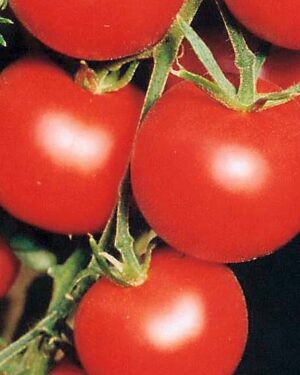
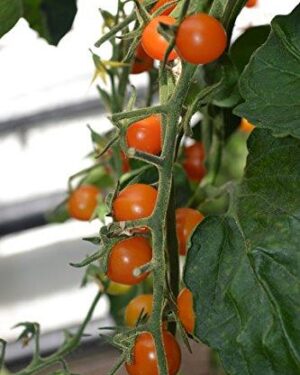
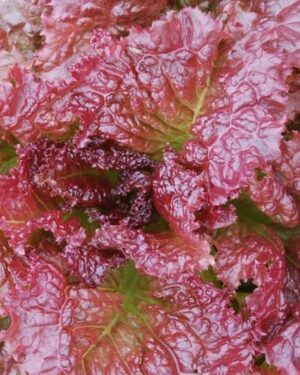
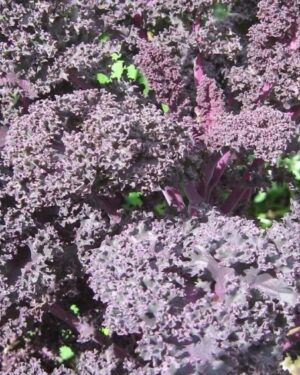

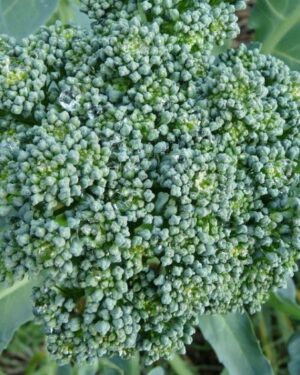
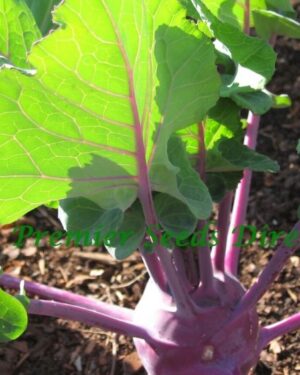

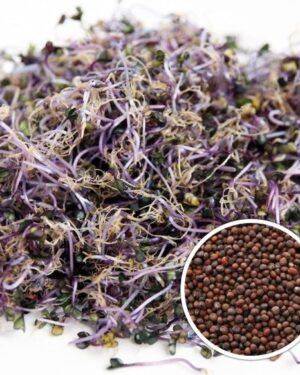
Reviews
There are no reviews yet.